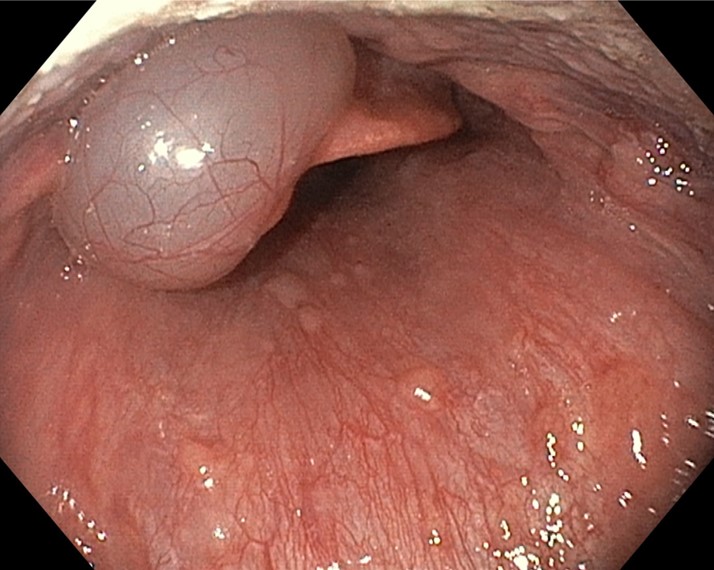Clinical Medical Case Reports and Case Series
OPEN ACCESS | Volume 2 - Issue 1 - 2025
ISSN No: 3065-7644 | Journal DOI: 10.61148/3065-7644/CMCRCS
Christos Sotiropoulos*, Georgios Theocharis and Konstantinos Thomopoulos
Department of Gastroenterology and Hepatology, University General Hospital of Patras, Greece.
*Corresponding author: Christos Sotiropoulos, Department of Gastroenterology and Hepatology, University General Hospital of Patras, Greece.
Received date: August 12, 2024
Accepted date: August 26, 2024
Published date: September 04, 2024
Citation: Christos Sotiropoulos, Georgios Theocharis and Konstantinos Thomopoulos. (2024) “ Giant Epiglottic Cyst as Endoscopic Finding in Gastroscopy in A Patient with Retrosternal Heartburn, Dysphagia and Dysphonia.”, Clinical Medical Case Reports and Case Series, 1(1); DOI: 10.61148/ CMCRCS/005
Copyright: ©22024 Christos Sotiropoulos. This is an open access article distributed under the Creative Commons Attribution License, which permits unrestricted use, distribution, and reproduction in any medium, provided the original work is properly cited.
,
Introduction:
An epiglottic cyst is a cystic mass containing clear and uncontaminated fluid and is formed due to obstruction of the excretory duct of a submucosal gland, causing mucus to accumulate within it. Most epiglottic cysts are asymptomatic, but large cysts may cause a foreign body sensation in the throat, dysphonia, dysphagia, or dyspnea. Treatment options include aspiration of the cystic content, marsupialization of the cyst and complete excision.
Case report:
A 40-year-old patient with a free medical history was referred to the gastroenterology department due to GERD symptoms for investigation and treatment. The patient reported postprandial retrosternal heartburn, since one year, with accompanying regurgitation, acid belching, dysphagia and dysphonia. The patient was initially prescribed an antisecretory drug for 8 weeks with partial remission of GERD symptoms, but with persistence of dysphagia and dysphonia. After performing a gastroscopy, a giant epiglottic cyst was revealed (Figure), while inspection of the upper digestive mucosa revealed grade A esophagitis according to Los Angeles. Continuation of antisecretory treatment and ENT assessment were recommended. The patient underwent a laryngoscopy and then a planned transoral resection of the cyst was performed, without complications. One month later the patient was re-evaluated by an ENT examination, without recurrence of the cyst and with remission of symptoms.

Figure. Giant epiglottic cyst.
Conclusions:
Epiglottic cysts are rare and challenging when diagnosed incidentally by the endoscopist, while symptomatic cysts require immediate individualized management. The direct transoral approach for cyst excision is recommended as a safe and reliable method with a low recurrence rate.